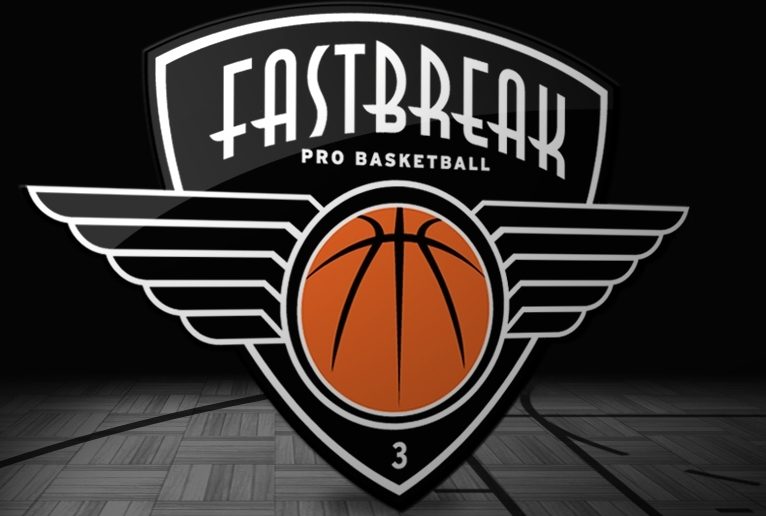Fast Break Pro Basketball Serial
METHODS We assessed field goals attempted by 27 professional players that participated in the 2014 NBA finals. Data were collected by three researchers through an adapted version of the Technical-Tactical Performance Evaluation Tool in Basketball to systematically analyze all five games of those finals. Descriptive analysis consisted in absolute and relative frequency and inferential statistics were applied through Chi-Square test, Cohen’s D for effect size, and binary logistic regression test. Significance levels were set at 5% and all statistics were applied through SPSS 23.0. DESIGN AND PARTICIPANTS Due to the systematized observation of real game situations, this is an observational research of notational analysis type ( ). Thus, we analyzed all the FGA taken by professional basketball athletes (N = 27) from the 2014 NBA finals between the San Antonio Spurs (n = 13) and the Miami Heat (n = 14). The sample totaled 718 game units, which represent the five games of those finals.
Fast break pro basketball 3 The new historical database includes past players starting with the 1946 season. Draft classes can be fictional, historical, imported from Fast Break College Basketball or Fast Break College Basketball 2010, or imported from custom draft files.
It should be noted that this sample is part of a bigger project that comprises a total of 3737 game units. VARIABLES Although we understand that the term ‘shooting’ normally refers to jump shots or other type of shots in which the ball makes a parabola to the basket, we decided to adopt the term ‘shooting conditions’ to all the FGA analyzed in this study (that includes dunks, layups, alley-oops, etc.). The definitions and variables related to this term can be found in. Furthermore, ‘shooting efficacy’ refers to the outcome observed after a FGA, which can result in a FGM or a missed/blocked shot. That said, the independent variables comprised the categories created for: number of passes made per offense (from zero to one, from two to three, and from four to eight passes), offense type (set, fast break, and regained), and shooting condition (pressured, passively guarded, and wide open); the dependent variable was shooting efficacy. In order to analyze the relationship between offense type and shooting efficacy, only offenses that finished with a FGA were included in this study.
Considering the first objective of this study (i.e. Number of passes made vs.
Shooting efficacy), we wanted to include in our analysis only passes made that help support destabilizing the opponent’s defense. Although during the data collection process we covered all the passes made throughout the games, in order not to have a bias effect on the results, we opted to analyze only those made on frontcourt during set offenses.


The reason behind this choice is that fast breaks normally involve a small number of passes ( ), regained offenses include those with less than 24 seconds of possession (i.e. Players would not have the same time to run the offense), and most of the passes observed on backcourt did not impact the opponent’s defense organization. In order to facilitate the reader understanding the variables analyzed in this study, represents the classification adopted by the authors. INSTRUMENT For collecting data we used an adapted version of the Technical-Tactical Performance Evaluation Tool in Basketball (IAD-BB) ( ), suggested by Ciampolini et al. Using the version of Ciampolini et al. 
Not individually, as indicated by the original instrument) considering the components of shooting condition (called decision making in the original instrument) and shooting efficacy. In addition, Ciampolini et al.
Obrazec akta spisaniya sportivnogo inventarya. ( ) added an analysis of the offense type run by both teams, namely: set offense, fast break, and regained offense (see ). Offense Types Set Offense Characterized by all offensive players present on frontcourt and the opposing team being completely established on their backcourt (). We considered set offenses those where the team had 24 seconds of ball possession and started the offense from the backcourt. Fast Break A speed-based offense in which the team in possession of the ball shoots quickly before the opposing team can establish its defense after a defensive transition (). Regained Offense All other offense situations that did not characterize as set offense nor fast break were considered as regained offense. Shooting Conditions Pressured Field goal taken when the defender “passively” guarded and offered poor coverage of the shooter; in this situation the defender is less likely to hinder the shooting motion and to block the offensive player. Passively Guarded Field goal taken with a close and pressured defense during the jump and landing of the shooter, or field goal taken in which the defender has conditions (or great possibilities) to block it.